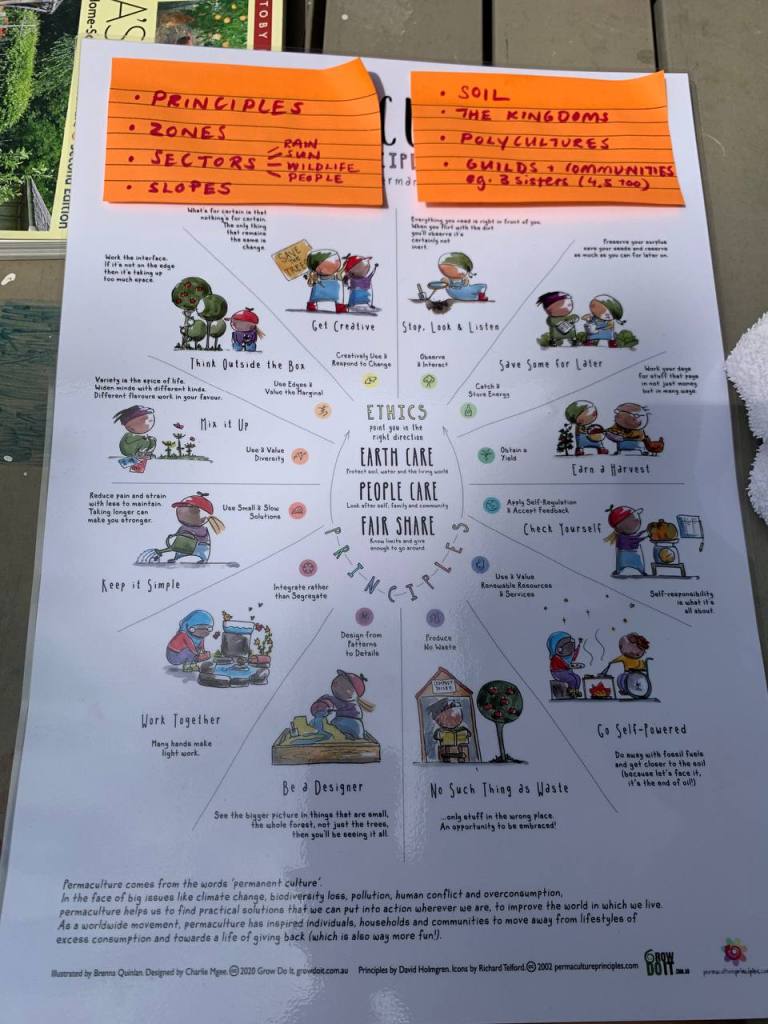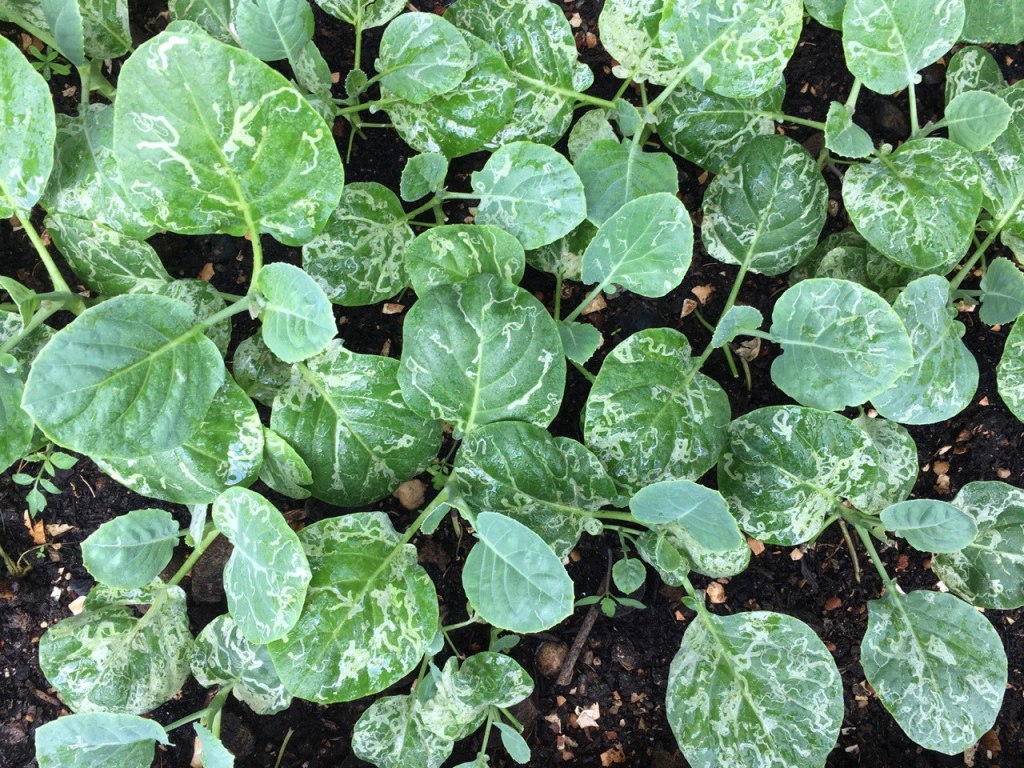In the past few weeks, our class has had the privilege of visiting the Jurong Community Garden, as well as farms in private and public school campuses. We attended a masterclass on permaculture with Chingwei from Foodscape Collective, and one on soil health by Mr Tang. Through these sessions, I’ve learned quite a lot about plant and soil health!
Perhaps the most important lesson is that plants and soils are all dynamic, living beings. With soil, especially, it can be easy to forget that it is an active composite of bacteria, nutrients, decayed/decaying organic matter, humus, etc. In that, we need to recognize that plant and soil health are ever-changing and exist within the ecosystem that it is in. As such, plant and soil health are dependent on one another, as well as the health of other plants and animals in the area.
For example, the use of organic pesticides ensure the health of pollinators that, in return, promote the health of plants. We learned from Mdm Kamisah at the Jurong Community Garden two solutions that have worked for their garden. The first is a mix of 1 tsp sulfur soap (grated), 1 tsp vinegar and 1.5 litres of water. This creates an organic pesticide that can be sprayed onto plants to prevent pests like leaf miners (I’ll get into leaf miners in a bit!). The second is to use diluted milk to spray onto plants with powdery mildew.
Some gardening solutions were more controversial also exactly because of the independence of a garden’s health. For example, Mdm Kamisah taught us about solarizing: a practice where soil is left exposed for an extended period of time between cropping, to get rid of bad bacteria. While this seemed like an easy and effective preventive measure against pests, Chingwei and Mr Tang advised against the technique because it also gets rid of the good bacteria and other micro-organisms in the soil. Instead, the two of them prefer a more holistic, ecological approach where it’s about finding specific ways to restore healthy balance to the soil. For example, Mr Tang shared an example when his crops did poorly because he put too much fish guts, causing too much nitrogen to result in aphids. After these crops failed, he then adjusted what he added to the soil accordingly and let it reach a new plant-healthy balance. It seems that these techniques require more patience, but protect the good micro-organisms that are beneficial to plant growth.
Additionally, we learned about the principles of permaculture, which were immensely helpful in understanding how we can maintain plant and soil health. Simple acts like ‘observe and listen’ imbue farming with a sense of humility. Combined with creativity and the principle of ‘integrate rather than separate,’ we can find solutions that maximise health with minimal input.

For example, when chickens were interrupting composting efforts at Chingwei’s farm, she built a ‘chicken playground,’ (i.e. a small site that attracted chickens and was suitable for digging) such that their energy could be channeled into something positive and away from disruption. This benefited the chickens, the compost, and in turn, the plants and soil.
I was truly impressed by such resourcefulness and creativity! Another example that I enjoyed learning about was the use of tapioca as a pioneer crop which can grow easily under harsh conditions and, in the process, return some nutrients to the soil such that it can be later used for other crops. This was done in extremely difficult conditions, where Chingwei and Foodscape collective had to dig a 1m deep trench in very compact and gravelly soil and filled it with branches and organic material in an attempt to bring new life to the soil. The tapioca seemed to be doing well.
Farming is truly such a complex practice, and I’m impressed by the creativity and commitment of these community gardeners who are so willing and happy to share their knowledge!
An update on my kailan: sadly, it’s been having a rough time due to leaf miner infestations. Within a few weeks, they’ve been completely taken over (pictured: start of leaf miner infestation on 26 feb, and serious infestation even after cutting heavily infected leaves on 18 mar). Neem oil, however, seems to be helping …

